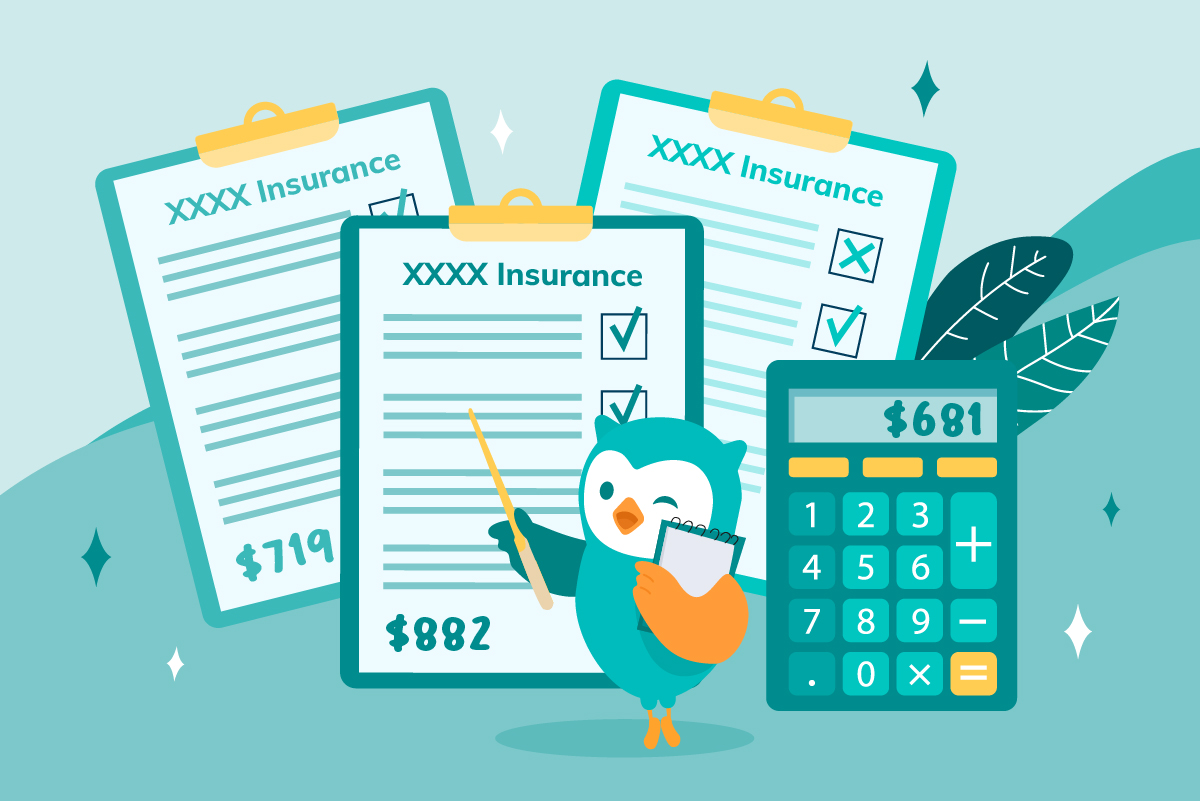By Daphne Lye
Lead, Financial Planning Solutions & Investment Management MoneyOwl
The Mercer CFA Institute Global Pension Index benchmarks and compares retirement income systems around the world.
In 2024, it compared 48 retirement income systems, covering 65% of the world’s population.
The Netherlands topped the charts once again this year, with an overall score of 84.8. Other countries which also scored an A ranking (>80) were Iceland, Denmark and Israel.
While we didn’t get an A, Singapore did really well: we were in 5th position with a score of 78.7 (B+).
This recognises the strengths of our CPF system – sometimes underappreciated internally – relative to many systems around the world.
This includes a high savings rate, our ability to withdraw a lump sum at 55 and yet look forward to a lifelong stream of income from 65, the provision of our housing and healthcare needs as well – all backed by a Government with a AAA credit rating, which means they can easily meet financial commitments with the lowest risk of default.
Because CPF is our Safe Retirement Income Floor, this means that even as Singapore / CPF is a B+, we can do even better than our national score and get an A! Here are some ways:
A. Save more in CPF Special Account for a better income replacement ratio
When it comes to how ready we are for retirement, a common term is the ‘income replacement ratio’.
This means the percentage of your retirement payout to your working income.
For example, if you earned $6,000 a month just before you retire, and you receive a monthly payout of $3,000 after you retire, then your income replacement ratio is 50%.
Want to know how much CPF payouts you’ll get when you retire? The CPF Retirement Payout Planner helps you to project your CPF LIFE payouts from age 65, based on your current CPF savings and future contributions.
Ideally, we want to aim for two thirds of our working income so that we can maintain our lifestyle even after we retire.
To achieve this ratio, we would generally need to contribute 12% to 15% of our income for retirement. The current contribution to our CPF Special Account (SA) is slightly below that – most of us start with 6%.
Hence, we can and should save more in our SA to increase our income replacement rate.
Its often said that it’s not how much you earn, but how much you save that makes you wealthy.
We recommend that besides your working compulsory CPF contributions, you save/ invest another 15% of your salary – 5% by topping up your CPF SA, and 10% into a suitable globally diversified investment portfolio – and increase this by 1% of your new salary every year, as far as you can! If you can’t do this amount, then start with the amount you can — that’s the winning formula, to always start! – and then increase it over time.
The maximum you can top up to your SA is the Full Retirement Sum (FRS, $205,800 in 2024). The earlier you reach this limit, the more time your SA has to grow and compound exponentially over time.
And when you reach 55, you can consider further topping up to Enhanced Retirement Sum, which is twice of the FRS, to have an even higher level of safe retirement income.
B. Build buffers outside the CPF
Beyond the CPF, you can build more income sources and adopt a flexible mindset about retirement.
You can build up your cash and Supplementary Retirement Scheme (SRS) savings and learn more about investing for reliable returns through globally diversified and low-cost passive funds.
If you’re not familiar or confident in investing, you can also explore retirement income plans offered by insurers (but only after building your CPF up to the FRS).
A flexible retirement mindset is also key. This includes being open to the options of delaying retirement, gradually easing into it, or rejoining the workforce in a different role after the initial retirement.
One benefit of continuing to work until a later age is the deferment of the start of CPF payouts. This will increase your monthly payouts by up to 7% each year from age 65 until age 70.
C. Plan for your healthcare and long-term care costs
As we get older, we spend a larger proportion of our income on healthcare and medical expenses.
The recent enhancements to MediShield Life from 2025, as well as the introduction of CareShield Life, will provide greater peace of mind and assurance in our old age.
While they provide universal and lifelong coverage, they only provide a basic level of support.
To get a higher level of coverage and more assurance, you can consider private plans in the form of Integrated Shield Plans or CareShield Life supplements, depending on your desired level of care and budget.
Conclusion
At the end of the day, our personal retirement readiness is not limited to Singapore’s ranking or scores in any index.
Instead, by when we adopt financially healthy habits – such as increasing our savings and learning how to grow it over time either through CPF top-ups or investing, and planning for our long-term healthcare needs, we can achieve long-term financial security for ourselves.
Subscribe here for our soon-to-come and free monthly OwlHoots on financial planning insights and analysis.
Disclaimer:
While every reasonable care is taken to ensure the accuracy of information provided, no responsibility can be accepted for any loss or inconvenience caused by any error or omission. The information and opinions expressed herein are made in good faith and are based on sources believed to be reliable but no representation or warranty, express or implied, is made as to their accuracy, completeness or correctness. The author and publisher shall have no liability for any loss or expense whatsoever relating to investment decisions made by the reader.




